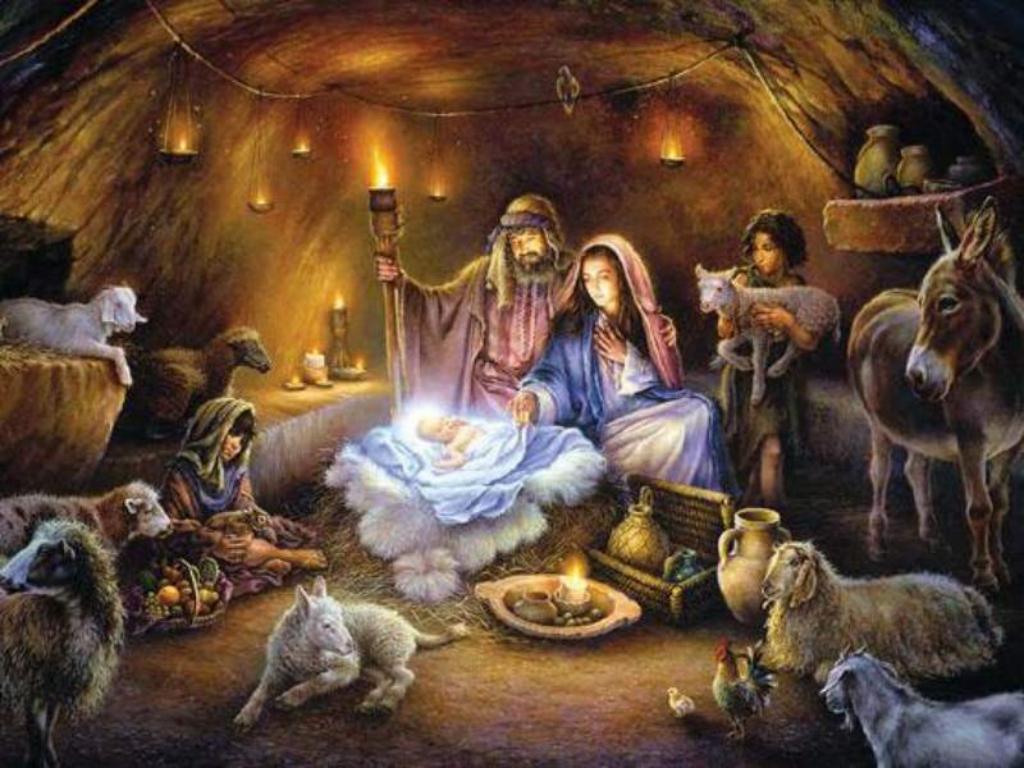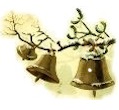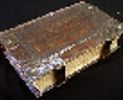Christmas Day

While the nativity scenes we normally see are sweet and warm, real life is messy, birth is messy and the truth is Jesus chose to come into a mess, he wasn't born in Herod's palace, he was born in a stable under complicated circumstances and Jesus still chooses to enter into and experience the messiness of real life, and our complicated circumstances, my life and your life.
But God provided for his sons safe delivery, angels were watching and rejoiced in the skies above Bethlehem and he was wrapped in swaddling clothes, the lambs born in Bethlehem were born to be sacrificed in the Temple and therefore had to be without blemish, the shepherds carefully attend their birth and wrap them in swaddling clothes. It may have been an experianced shepherdess who assisted at his birth and did for the lamb of God what was done for all Temple Lambs....then others arrived to worship and rejoice. Now we can all rejoice, Joy to the World, Merry Christmas.


 Welcome
Welcome Calendar
Calendar Today's Word
Today's Word Lauds
Lauds Terce
Terce Sext
Sext None
None Vespers
Vespers Compline
Compline Matins
Matins